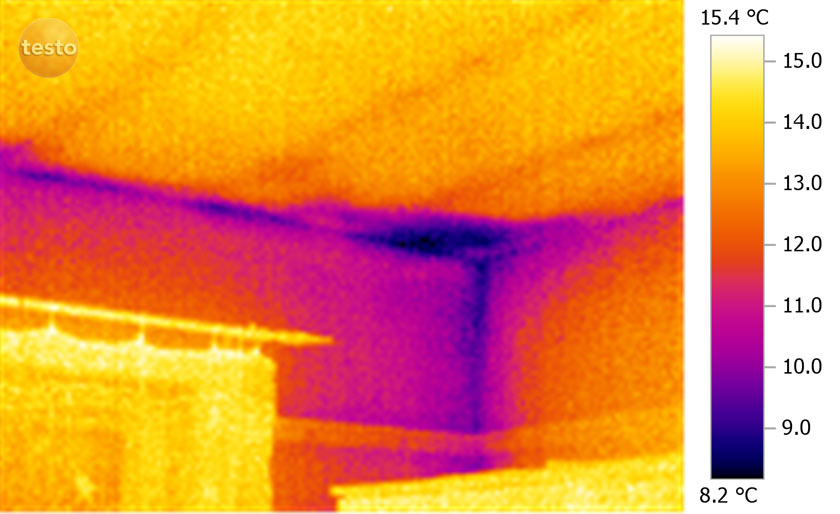Ultimate guide to moisture mapping
Moisture mapping, an essential tool in the UK for detecting and managing water presence in various environments, plays a pivotal role in detecting the root cause of damp and mould.
In this guide, we delve into the fundamentals of moisture mapping, exploring its principles, techniques, and real-world applications, ensuring you’re equipped with the knowledge to make informed decisions and implement effective solutions.
Contents:
- What exactly is moisture mapping?
- So will I get a moisture map of my property?
- How is moisture measured?
- Why does this moisture map say my dry zone is damp too?
- Will my moisture map change?
- Why do I have islands of damp on my moisture map?
What exactly is moisture mapping?
At Cornerstone, we are experts in property solutions. When water damage occurs, insurance companies and clean up crews are affected. The first question to ask is, how extensive is the damage? Moisture mapping is a way of visually representing the moisture levels in a property. This means you can clearly understand where the wet zone (damage) ends and the dry zone (undamaged) begins.
So will I get a moisture map of my property?
A moisture map can be presented as a paper map or a computer summary. It may also be marked on the material (usually walls or floor) in question, with chalk, pen, tape or another marking material. Making marks on your property ensure it’s clear where the wet zone ends and the dry zone begins. Depending on the damage it may be unsuitable to walk on the wet zone. In this case, having a visual boundary is useful.
How is moisture measured?
Moisture can be detected in a variety of ways. Some being more sophisticated than others (ever stepped on a soggy carpet?). The high tech tools are typically only used around the perimeter of the wet zone, to understand exactly where the wet zone and dry zone meet. These tools include infrared cameras and moisture meters.
Why does this moisture map say my dry zone is damp too?
All buildings have a certain level of naturally occurring moisture. If you’ve been given a printed moisture map, it may indicate this level as the moisture of the dry zone. It may also vary across the building, and again this can be completely normal. For example, picture a leisure centre. The sauna and swimming pool areas will be incredibly moist, without a leak, the changing room (with its showers) quite moist and reception less moist.

Will my moisture map change?
Yes. One of the most useful features of moisture mapping is that it indicates if the damp is spreading or shrinking. If a pipe bursts under the floor then an hour-by-hour update would show the water spreading then stopping when the mains water supply was switched off. The wet zone might shrink as efforts were made to dry out the property but grow again if the water was switched back on before an effective repair was completed. Typically, moisture mapping will be done at long intervals – less than once a week – as it takes time to dry a property. Spot checks will occur if the contractor doing the drying has any concerns.
Why do I have islands of damp on my moisture map?
Water moves consistently, but that doesn’t mean it will affect a room evenly. This is particularly true where the water is moving mainly through hidden channels and the effects are being seen at one remove, such as when water is underneath floorboards.
If you are interested in our moisture mapping services, please don’t hesitate to get in contact with our expert team. Have a look at our testimonials and case studies to see examples of our success stories with our valued clients. We offer a range of domestic services from moisture mapping to smoke damage restoration.
